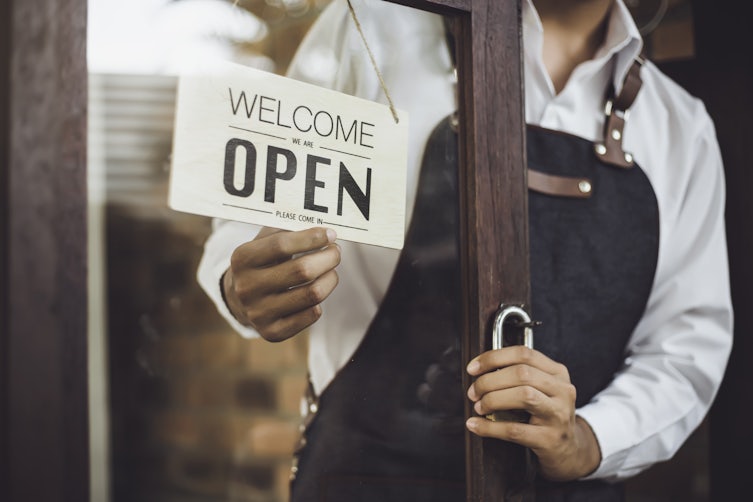
Is Retail Dead? Lessons From History on Humans and Working From Home
In Meditations, Roman emperor and stoic Marcus Aurelius encourages leaders in times of crisis to rely on their own good judgement, rather than the fears of others. “Never let the future disturb you. You will meet it, if you have to, with the same weapons of reason which today arm you against the present.”
As we navigate the risks and challenges of this virus, I believe we don’t need to go as far back as the second century to find our own lessons in history.
The first lesson is that the retail shopping experience is now — or perhaps will always be — as vital to customers around the world as it was before this shutdown. Sure, e-commerce will continue to grow, but history shows that customers will sacrifice time and money to experience the service, expertise, insight, and confidence that in-store shopping can provide. Similarly, brands and retailers will always pay a premium for control over the customer experience.
In short, rumors of the death of retail are greatly exaggerated.
For proof of this, we need to only look as far back as 2001 and a business decision responsible for creating more value than almost any other in human history: The launch of the Apple Store.
On May 7th of that year, Steve Jobs opened the first of what today is 510 worldwide retail locations — more than the iPod or the iPhone, the decision to reallocate funds from advertising and promotions and invest in distribution in order to create a bespoke customer experience is perhaps his greatest legacy. It is one that flew in the face of every trend we thought we knew about the retail industry at the time.
In 2001, tech experts and business journalists were proclaiming that brick and mortar stores were dead and that e-commerce was the future. Apple’s market share was just 2.8 percent and falling fast. Analysts panned the strategy, estimating rents would be an average of $1.2 million a year and would require an additional $12 million a year in sales per store to pay for the experience.
Retail guru David Goldstein said, “I give them two years before they're turning out the lights on a very painful and expensive mistake.” Ousted Apple CFO Joseph Graziano griped at the time: "Apple's problem is it still believes the way to grow is serving caviar in a world that seems pretty content with cheese and crackers."
What did Jobs know that others didn’t? The same thing brands like Hermès, Gucci, Louis Vuitton, all the way down to Best Buy, Home Depot, and Williams and Sonoma have always known: Customers buy products online, but they buy brands in a store. E-commerce may be frictionless, but an in-store experience is the only way to inform or inspire customers.
Essentially, Jobs used the Apple Store to create a new luxury tech brand, in the process going from a company trading at a P/E of less than 7 to one trading at 24 today. There are 510 Apple stores around the world, one in nearly every major city, serving over a million customers each day with the highest per square foot sales of any concept. The iPhone is the most profitable product in history, and Apple is one of the most successful companies in history, despite a lineup that is widely considered to be overpriced and underperforming compared to rival offerings from Samsung, Lenovo, Sony, HP, or Dell.
The second lesson? Anyone who thinks offices will forever be empty museums to an era before remote work has a short attention span.
Less than 12 months ago, WeWork had a valuation of over $47 billion on the premise that the majority of people prefer to pay money to put on pants and leave their houses and apartments and commute to work.
At that time, it was obvious that people will pay money to be happier and more productive at an expensive two-by-three-foot desk or office than they will toggling the mute button on a video chat as a 2-year-old scampers by. Competition among co-location competitors was fierce, as study after study found higher rates of creativity and connectedness, a sense of community, and thriving employees.
There's no denying that COVID-19 has wreaked havoc on the job market, and that many of those still employed in traditional "office jobs" are working from home. But history teaches us that humans, by and large, want to work and interact in person. Our understanding of how to make indoor spaces safer for occupancy during a pandemic is evolving, and when they feel safe, people will return to the built environment.










